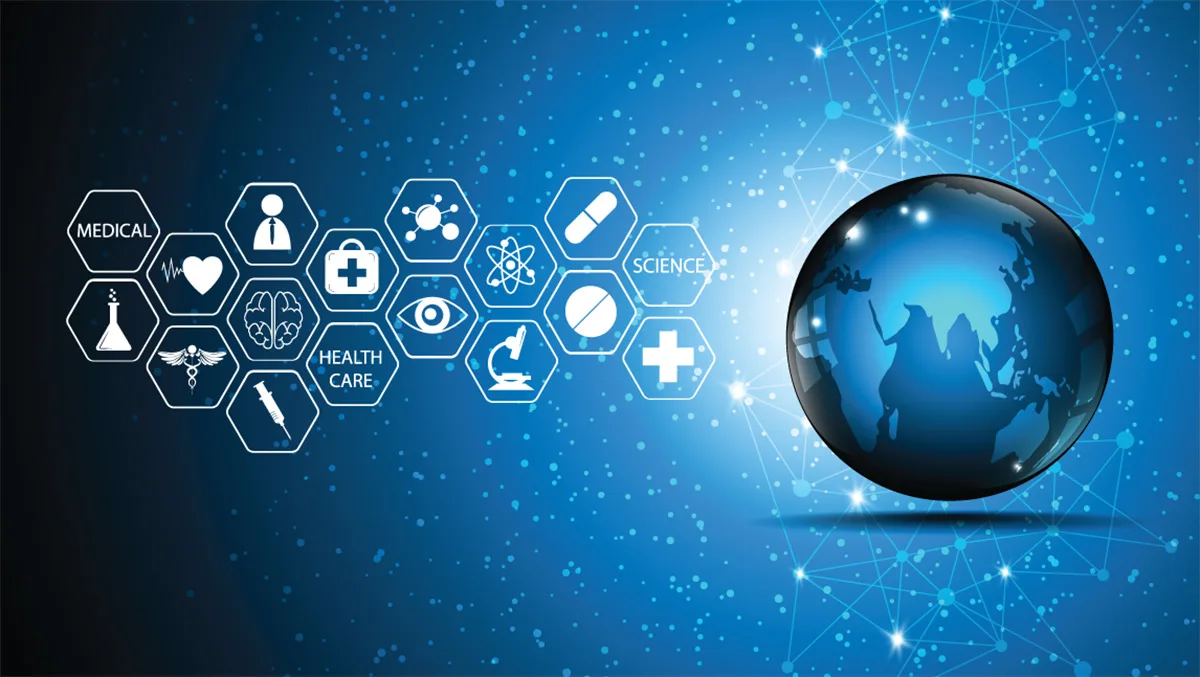
Overview
Former FDA Commissioner Margaret Hamburg, MD, warns that restricting global partnerships in biomedical research, public health and healthcare policy could weaken the U.S. industry.
In recent months, President Trump has made headlines for his “America First Investment Policy,” a policy that aims to restrict foreign investment for national security purposes. The policy explicitly mentions expanded U.S. restrictions on investment in global healthcare and biotechnology, particularly in China.
Margaret Hamburg, MD, former commissioner of the U.S. Food and Drug Administration (FDA) from 2009-2015, warns, however, that remaining part of the global health economy is essential to America’s success.
“As FDA Commissioner, I realized that while the mission was to promote and protect the health of U.S. citizens, in order to do that effectively we needed stronger partnerships and stronger presence in countries around the world,” she told Cure in an exclusive interview. These partnerships are essential to ensure proper oversight for the production of food, medicine and devices that are entering the U.S., she said.
Now, Hamburg continues to represent the U.S. on an international stage as the Co-President of the InterAcademy Partnership, a consortium of some 150 academies of science, medicine and engineering around the world dedicated to strengthening the role of academies in providing science-based policy advice and recommendations. She travels the world engaging with other countries on collaborative initiatives, and discussing how to implement evidence driven policies in governments around the globe.
Throughout the course of her career Hamburg, who took the stage at the Cure Power of X Summit on March 24, has seen firsthand that globalization benefits the U.S. — while isolationism weakens it.
“Science is, in fact, an international enterprise,” Hamburg said on stage at the Cure Power of X Summit to Cure’s CEO Seema Kumar. “We can do better science to serve the US if we work in collaboration with others, both because there are different pockets of excellence in places all over the world, and also because there are things you can learn from places that do things differently.”
The Globalized World of Healthcare
While America once manufactured the majority of its own medications and pharmaceutical ingredients, those days are gone. Now, about 72 percent of active pharmaceutical ingredient manufacturers are from overseas.
While some view this as a national security risk, particularly America’s overreliance on China’s pharmaceutical manufacturing industry, there are also benefits to U.S. consumers, including lower costs.
“We live in a globalized world,” Hamburg said in an interview with Cure, and engaging with other countries actually helps minimize risk, rather than increase it.
Hamburg said in a previous interview that many of the products regulated at the FDA come in part or in whole from around the world adding to the complexity of their respective supply chains that may span multiple countries.
“Even as the richest, most well-resourced regulatory agency in the world — we didn’t have the capacity to be everywhere we needed to be in order to protect and oversee adequately the products that American consumers were using,” she said.
Working together with other countries to create a system of global governance and oversight was the solution to this complicated problem.
“There are huge interdependencies and huge benefits that come through cooperation and collaboration,” Hamburg told Cure. “I think that while we advance science and health in our own country, we need to recognize that we actually are better served if we also work in partnership with others and not become too nationalistic, looking only inward.”
Security vs. A Free Market
The U.S. should think strategically about overseas manufacturing, as there are important risks and benefits, Hamburg said. She is a strong proponent of ensuring that critical pharmaceutical products are manufactured domestically.
Even back in 2021, the Biden White House sounded the alarm that too many essential medical products were being manufactured overseas, and that the U.S. needed to increase its manufacturing capabilities. However, Hamburg said, “we also need to recognize that cannot and will not happen overnight.”
To increase its pharmaceutical production, America will have to build factories and increase the utilization of factories that already exist.
One paper from Washington University in St. Louis’ Center for Analytics and Business Insights found that the majority of US pharmaceutical manufacturing sites are producing at just half their production capacity. If these manufacturing sites started producing at full capacity, nearly 30 billion additional doses of essential and critical medicines could be produced in the U.S. without the need to build new plants.
Modernizing manufacturing systems and putting in place more advanced manufacturing practices also would improve productivity, quality and manufacturing reliability, Hamburg said.
Until then, however, Americans will have to continue to rely on the manufacturing capabilities of other countries, especially if they want to keep current prices.
“We've become accustomed to being able to access certain products for reasonable prices,” Hamburg said, because of the suppliers in other countries that are overseen by the FDA. “Without that supply, we would have many fewer options and prices would be higher.”
It’s still too soon to tell if President Trump’s America First policy will help or hurt the pharmaceutical industry.
Regardless, Hamburg said, it’s important to remember that America is just one player on a larger global stage.
“We need to continue to work with partners around the world to ensure safe, high quality and dependable supply chains for products that Americans need and count on,” she said.







